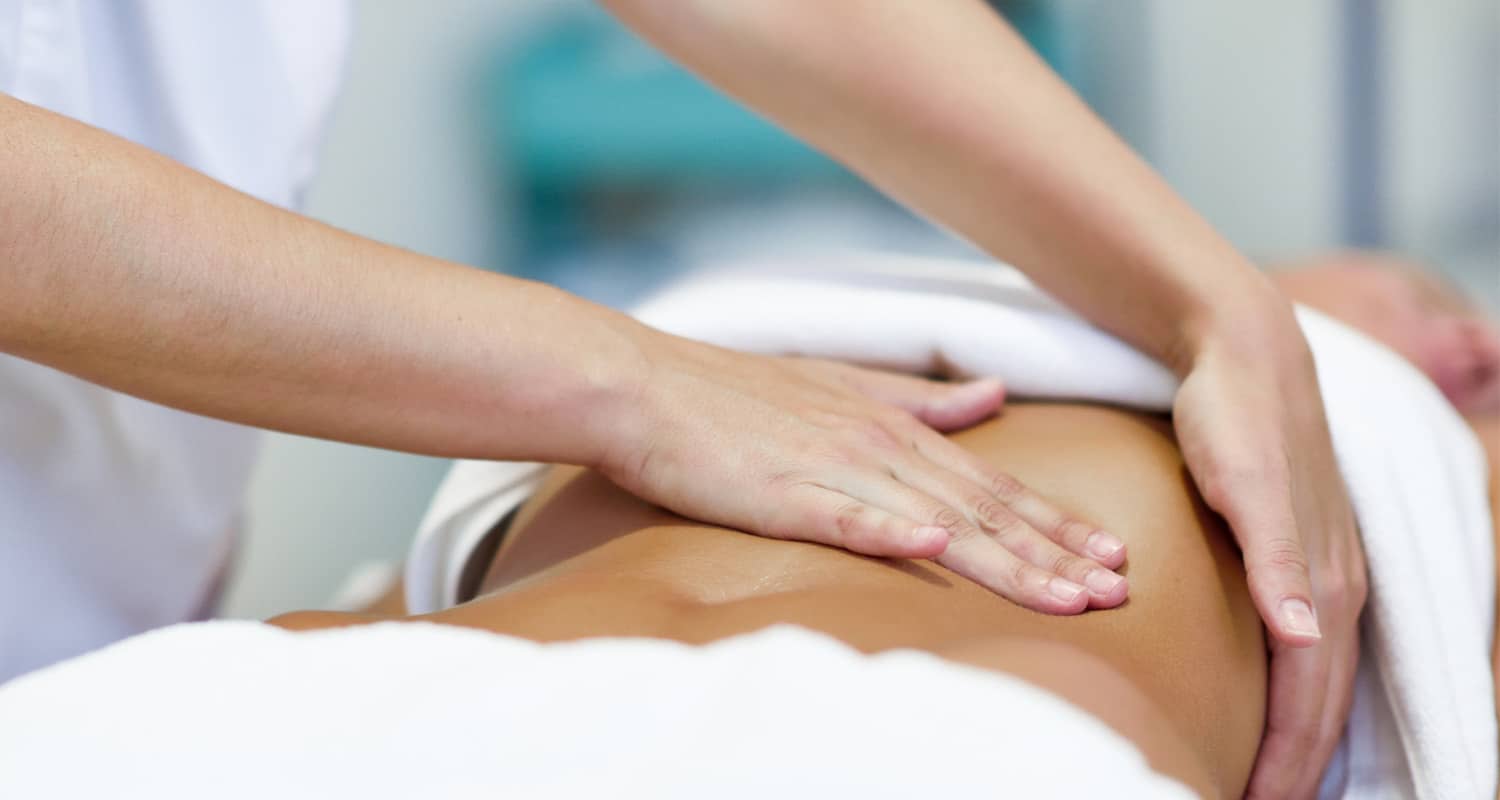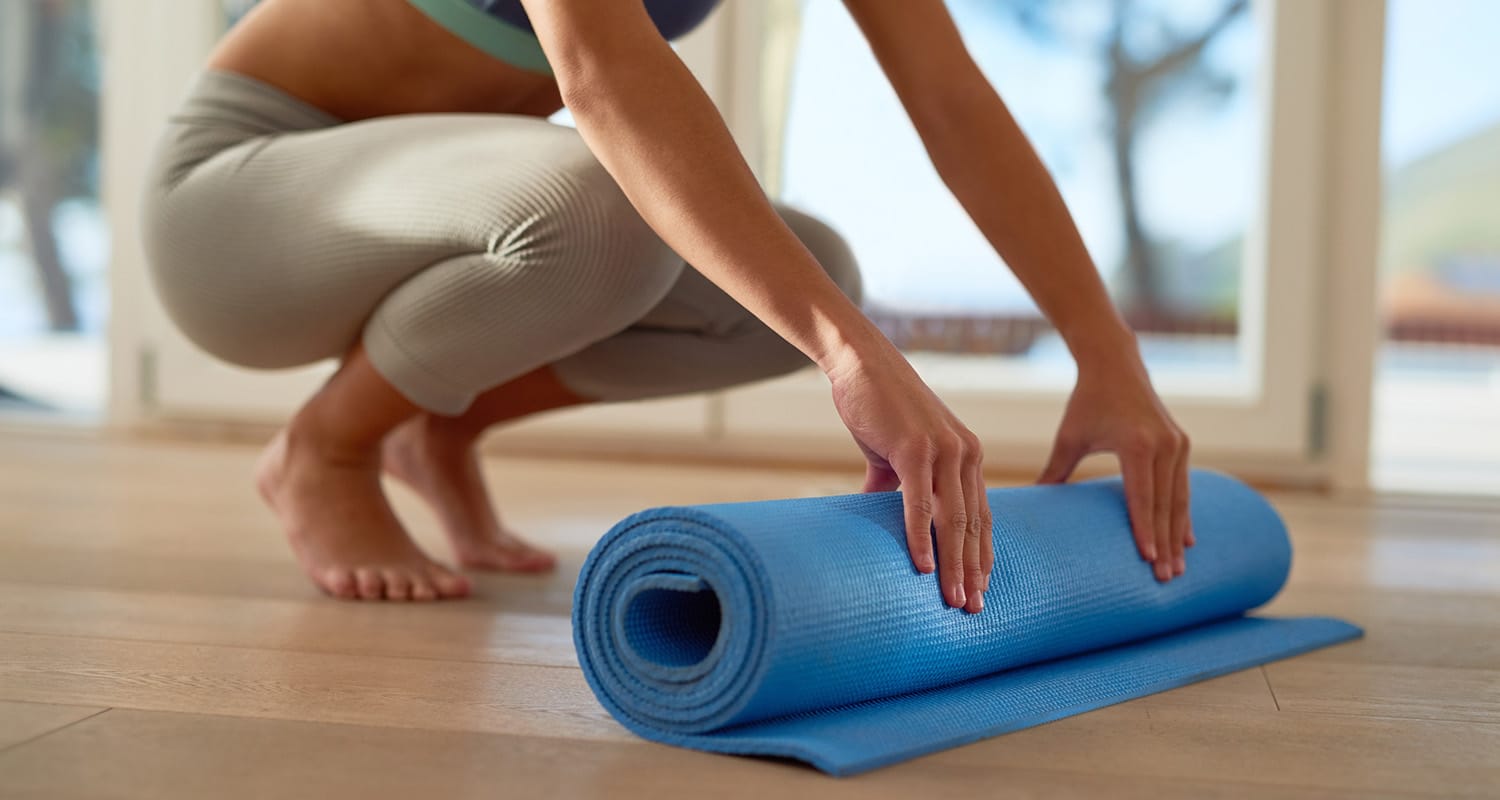
[tldr]
- Your organs are soft and need to move inside your body to do their jobs.
- Visceral mobility is how well your organs can contract and release as needed.
- Overburdened or damaged organs can develop adhesions and scar tissue that makes them less pliable.
- Visceral manipulation involves abdominal massage that combines pressing, deep strokes, and friction to strip away the adhesions.
- Read on to find out what’s involved, and how to do visceral manipulation yourself at home.
[/tldr]
Over the years, I’ve seen hundreds of healers ranging from conventional doctors to Ayurvedic practitioners to a Peruvian shaman. Some of the more unusual practitioners would do deep abdominal massage.
Almost immediately, I would notice improvements in areas of my body they didn’t touch at all, especially when the practitioner used deep, targeted strokes. To be perfectly honest, these were not always the most relaxing procedures in the moment, but soon after, I felt my body relax and reposition in ways I didn’t expect.
There was one Chinese medicine doctor in particular who used two fingers and went in deep, then used long gliding pressure strokes to really strip the connective tissue around my organs. At the time, I felt every inch of my insides. I joked that he rearranged my organs with his hands, and while he was working I felt my muscles in my upper and mid-back release, even though he was nowhere near my back muscles.
My whole body tensed, then the relaxation that followed melted me into the table. It’s something you have to experience to describe. Some people have an emotional response, likely from the release of bound-up stress hormones.
When I would leave appointments with that doctor, I sat taller. I felt taller. And, my body changed. He massaged my abdomen, but my shoulder moved differently from then on. I had a more comfortable flow when walking. If you’re wondering what was the mechanism behind the change, keep reading to learn about how the movement of your organs relates to your whole body.
RELATED: Instantly download free printable workout routines that will help you build muscle, increase focus, and have more energy for the day ahead, no equipment required.
What is visceral mobility?
Your organs are soft and need to move inside your body to do their jobs. Visceral mobility is how well your organs can contract and release and squish as needed. Overburdened or damaged organs can develop adhesions[ref url=”https://www.sciencedirect.com/science/article/pii/S1360859209001296″] and scar tissue that makes them less pliable. When the fascia — the connective tissue and fluid around organs — becomes stiff, it limits their movement and pliability and hinders your organs’ function.
This carries through to the rest of your body, and there are two main ideas behind why. First there’s the logic that the entire body is innervated, so problems on the organ side of the nerve carry through the length of the nerve to muscles and limbs. The second idea is that stiff fascia around an organ formed because there was a problem, and that’s your body’s way of protecting vulnerable spots. Once the problem resolves, the fascia remains. Your whole body’s movement stems from your core, and pain and tightness from your organs sends the signal to limit movement from the parts of your body that will expose the vulnerable area.
Visceral mobility isn’t well researched, but my guess is, it’s a combination of the two. Your organs and systems do not exist in a vacuum. Your whole body is connected and constantly communicating in ways science hasn’t discovered yet.
What is visceral manipulation?
Visceral manipulation involves abdominal massage that combines pressing, deep strokes, and friction to strip away the adhesions. The goal is to restore the pliable, mobile state that helps your organs get the circulation, nutrients, and suppleness they need to function properly.
Benefits of visceral manipulation
Like I said before, you have to experience it to believe it. There’s nothing like feeling your muscles and joints release and realign, all because someone worked on your abdominal cavity for a while.
Anecdotally, people report improvements in many areas, like:
- Reduced chronic muscle pain
- Less bloating and constipation
- Improvements with uterine fibroids and cysts
- Reduced joint pain
- Improved sciatica
- Relief from carpal tunnel
- Less trouble from “old” injuries
- Diminished symptoms of fibromyalgia
- Improved digestion
These are only a small selection of the long list of things people report as benefits from visceral manipulation.
Visceral manipulation isn’t well-researched. A lot of the research around it involves rat models, but results are worth paying attention to. Here are a few examples of things researchers observed about visceral manipulation so far:
- Prevented and broke up peritoneal adhesions in rats[ref url=”https://www.sciencedirect.com/science/article/pii/S1360859211000544″]
- Restored post-operative intestinal motility in rats[ref url=”https://www.sciencedirect.com/science/article/pii/S1360859212001611″]
- Reduced constipation in humans[ref url=”https://www.sciencedirect.com/science/article/pii/S1360859210001063″]
What happens during visceral manipulation?
First, you will lie face-up on a massage or exam table. Your practitioner can feel your viscera — your major internal organs located in the abdomen — by lightly pressing through your abdominal muscles.
Your practitioner’s manual poking, pressing and massage action does three things:
- Reveals visceral adhesions. A well-trained practitioner will know what healthy, mobile organs feel like, and will be able to determine whether your organs have tight spots.
- Helps you find your own tender spots. Your practitioner will communicate with you throughout the procedure, asking whether you feel tenderness here or there when she presses. Speak up, and describe what you’re feeling, even if it’s barely noticeable.
- Breaks up adhesions. Massaging and pressing stretches the collagen fibers that make up your fascia, which loosens tightly-bound fibers to break up adhesions. This releases the organs and allows them to move more freely.
Minor adhesions may resolve after one session. Tough, stubborn adhesions may require several sessions plus self-manipulation between appointments. Your practitioner will guide you.
How to do visceral manipulation to yourself
There’s no replacement for targeted therapy with an experienced practitioner, but if you’re not there yet or if you’re between appointments, you can do your own gentle visceral manipulation at home.
What you need:
- 6-8 inch diameter ball, either foam or inflated. The ball should have some give to it — you should be able to press into it but not flatten it.
- Towel or yoga mat (optional).
How to self-administer abdominal massage
- Do a plank with your middle over the ball. Slowly lower your body onto the ball until you’re relaxed face-down on the floor with the ball nested in your abdominal cavity.
- Rest your head on your arms, and relax into the ball as much as you can. Move only in ways that you can tolerate. Your abdomen will feel more pliable over time, so go slow.
- Use your breath to create tension and relaxation. You’ll find what feels good and allows you to relax into the ball further every time.
- Once you get to know your abdomen and you’re aware of your tender spots, experiment with different movements. You can slowly slide or rock back and forth, side to side, or try sinking lower into the ball every time. The key is to move slowly and gradually, repeating motions that are tight (not painful!)
- Picture your abdomen separated into quadrants all intersecting at your belly button. Be sure to spend a few minutes in each quadrant.
If it hurts, stop immediately. Pain means something’s not right, so get a doctor to check it out.
This is a good practice to incorporate for a few minutes 2-3 times per week, and there are advanced techniques that you can learn from a professional. This isn’t a daily practice. The point is to get the connective tissue around your organs to restructure, and you need a day or two in between sessions to allow collagen fibers to reconfigure.
Visceral manipulation was one of those things that I was willing to try, even though there’s not much information around it. The healers that I trust claimed there was a benefit, and it wasn’t going to do any harm. Why not? Biohacking is all about finding the things that make you feel and perform a little better each day.














